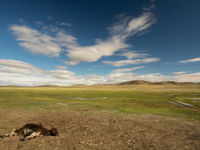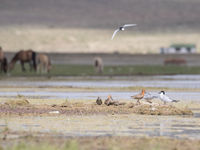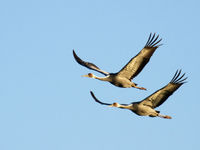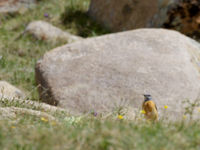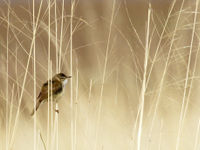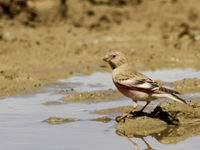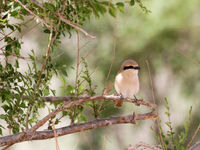


























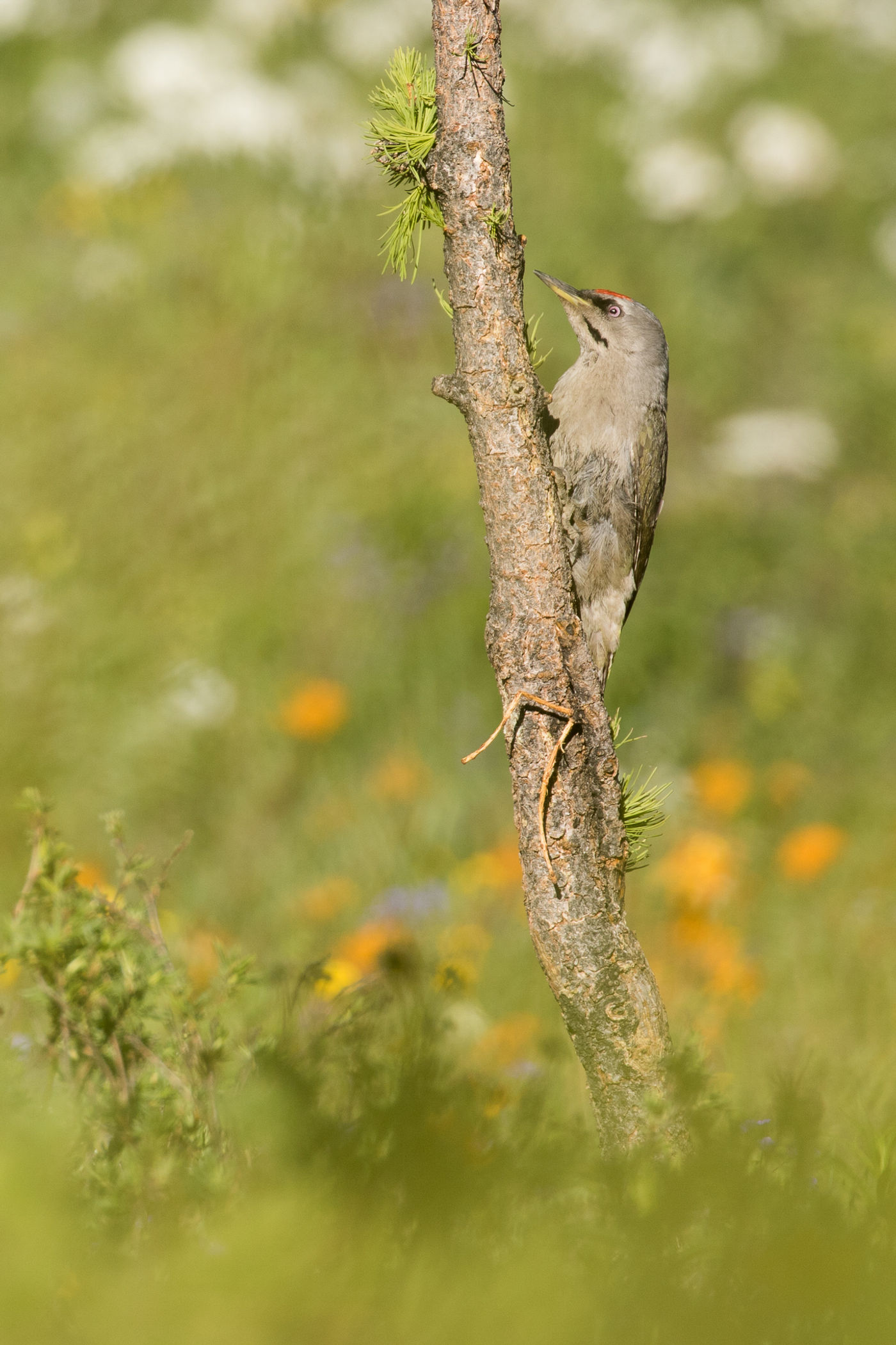










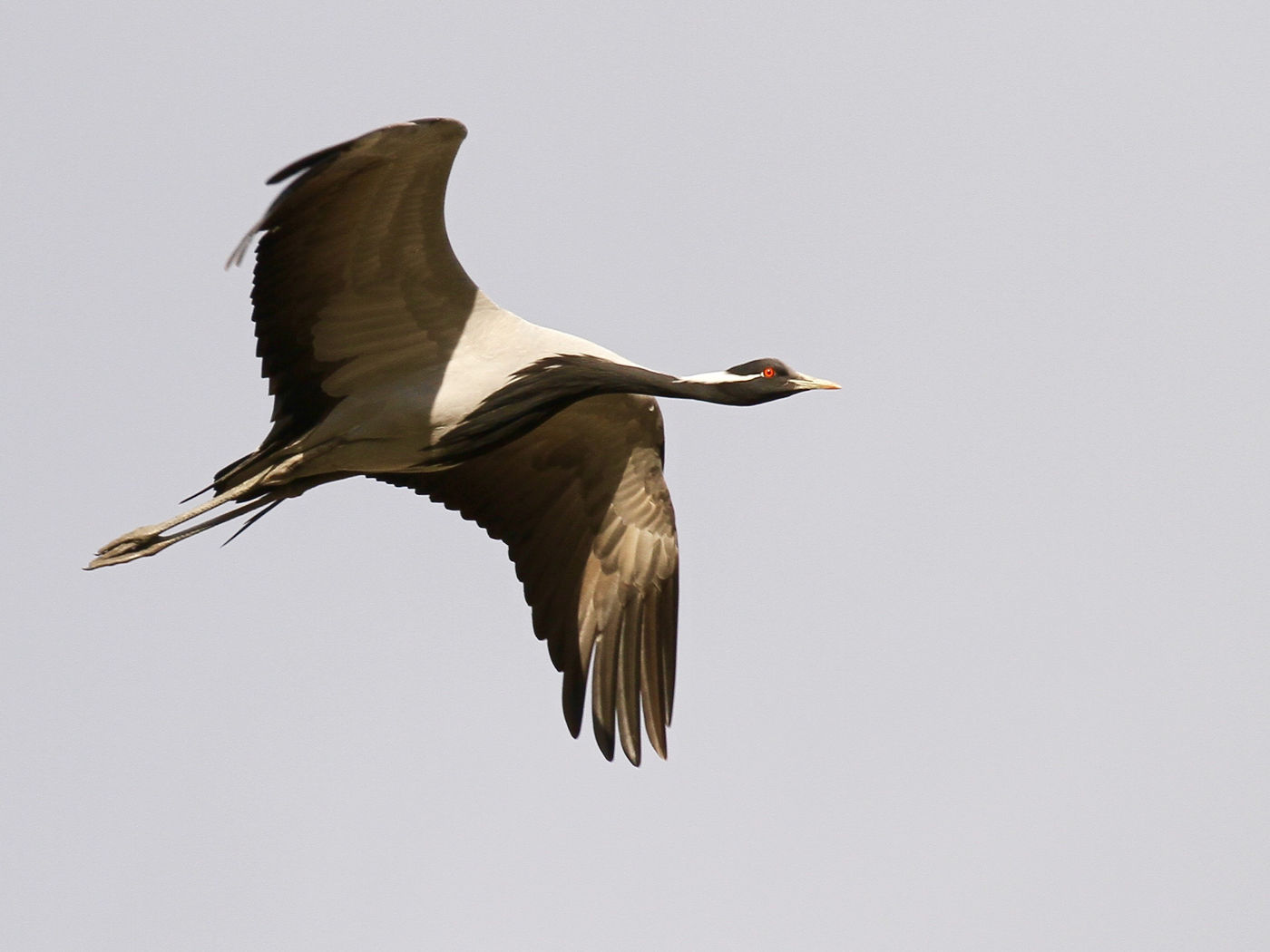











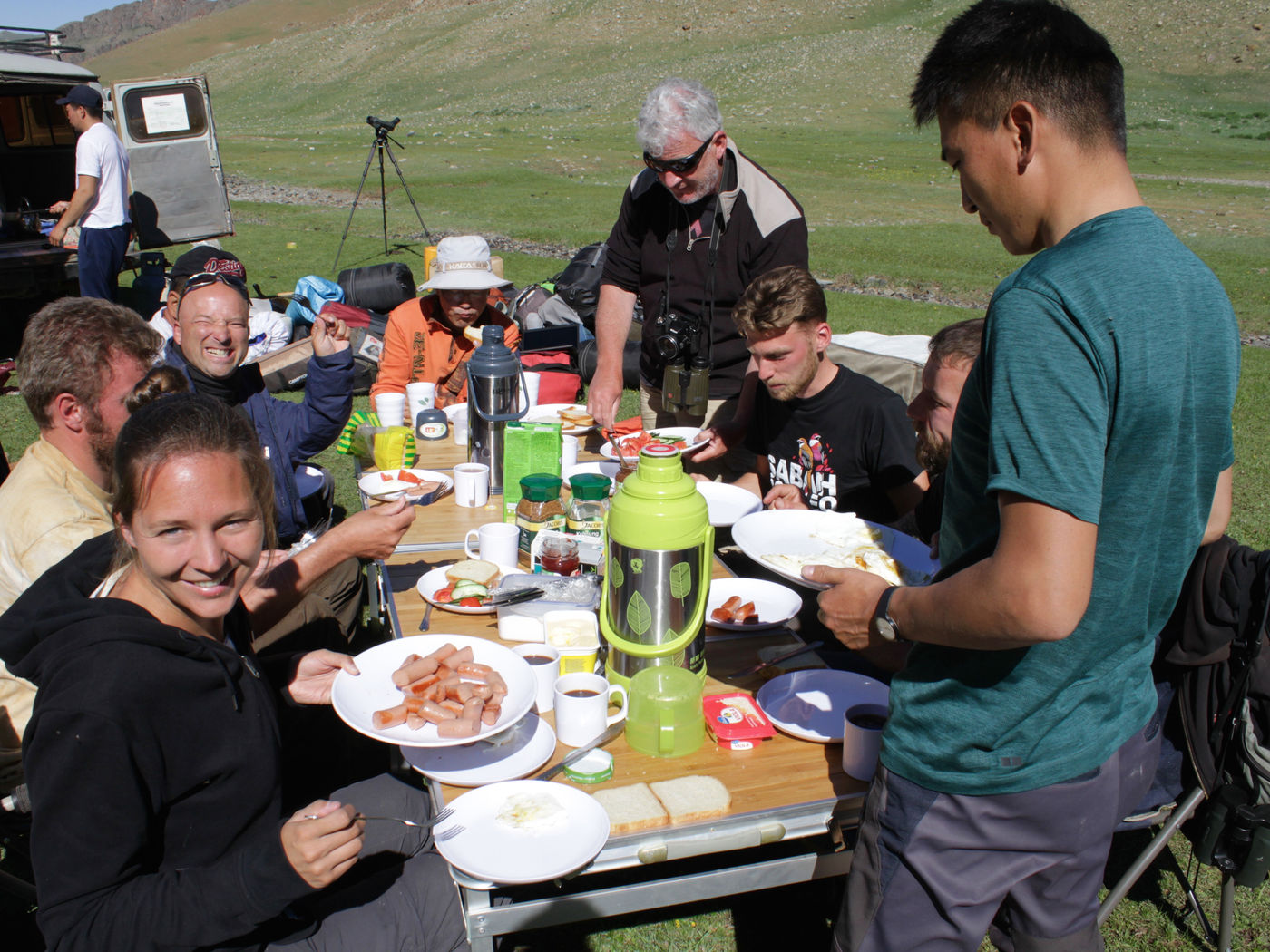








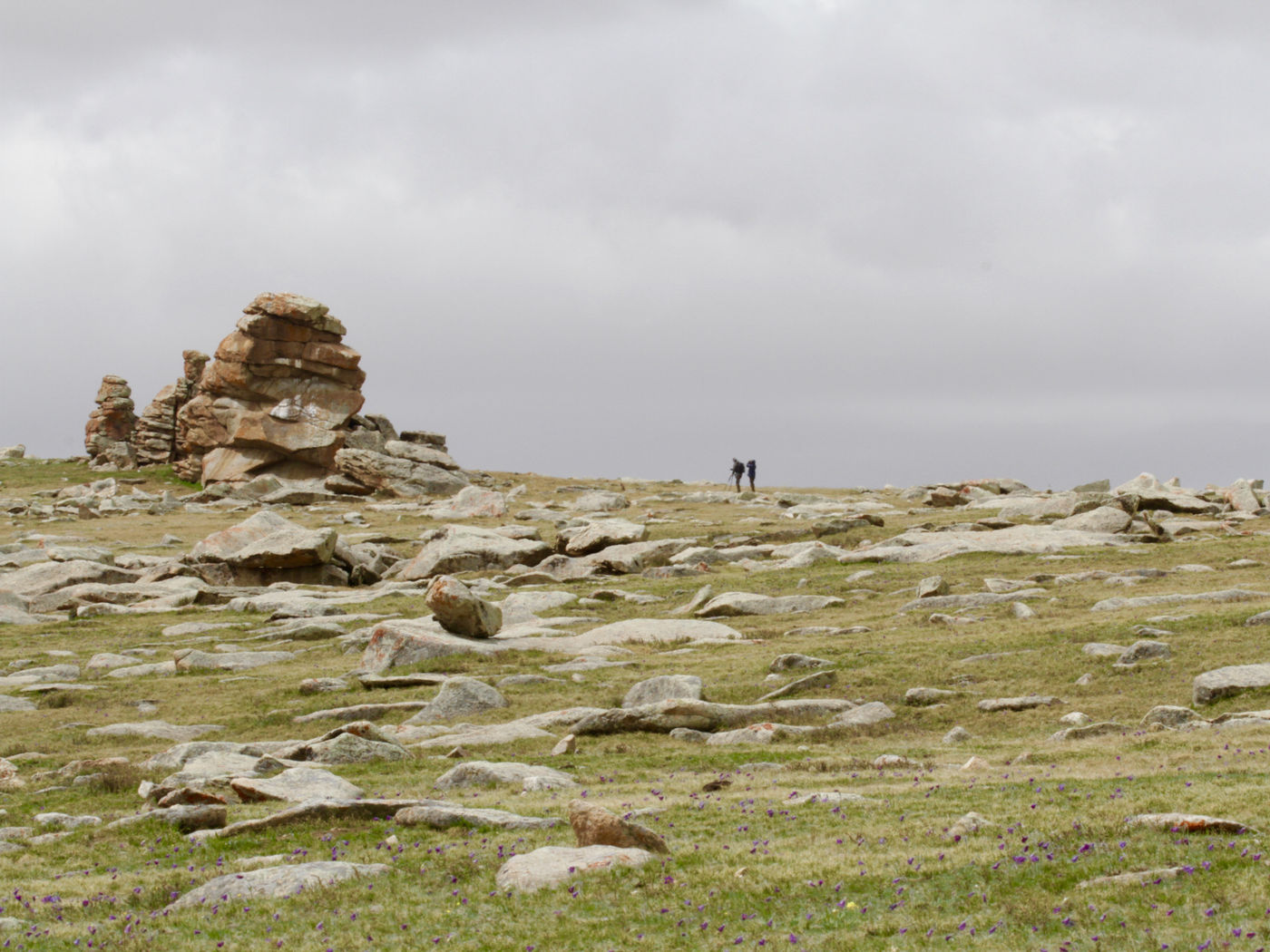

























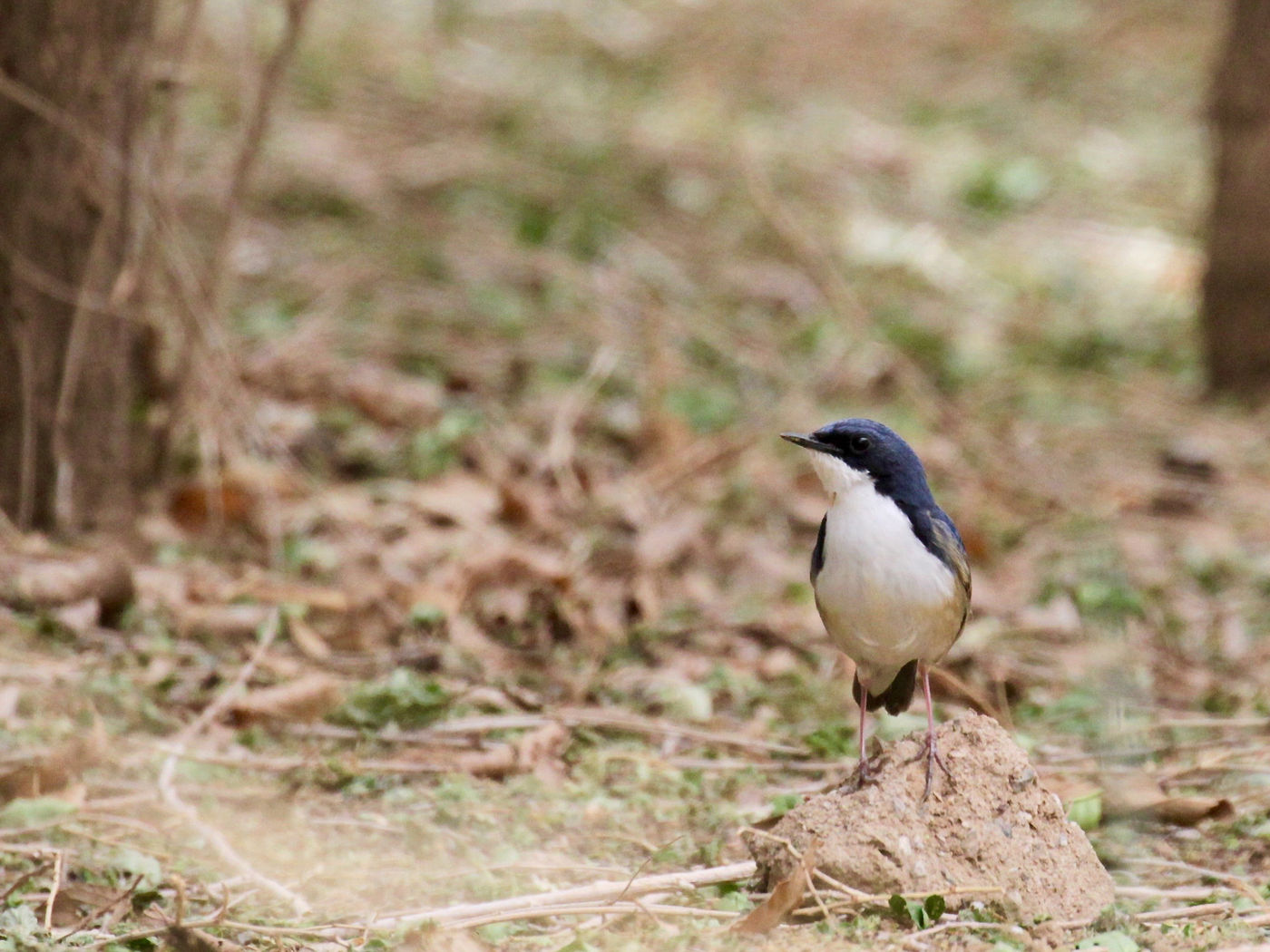




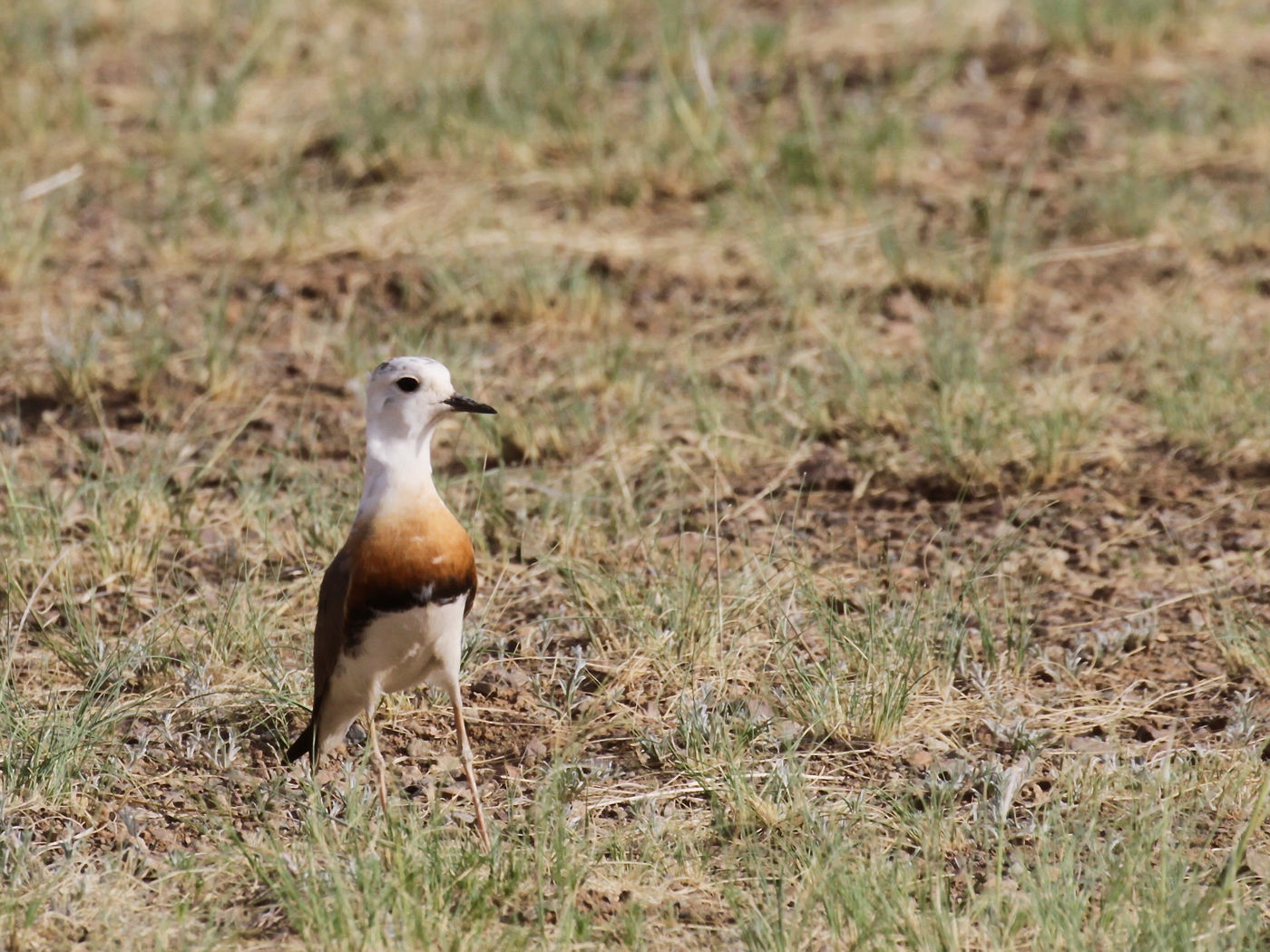




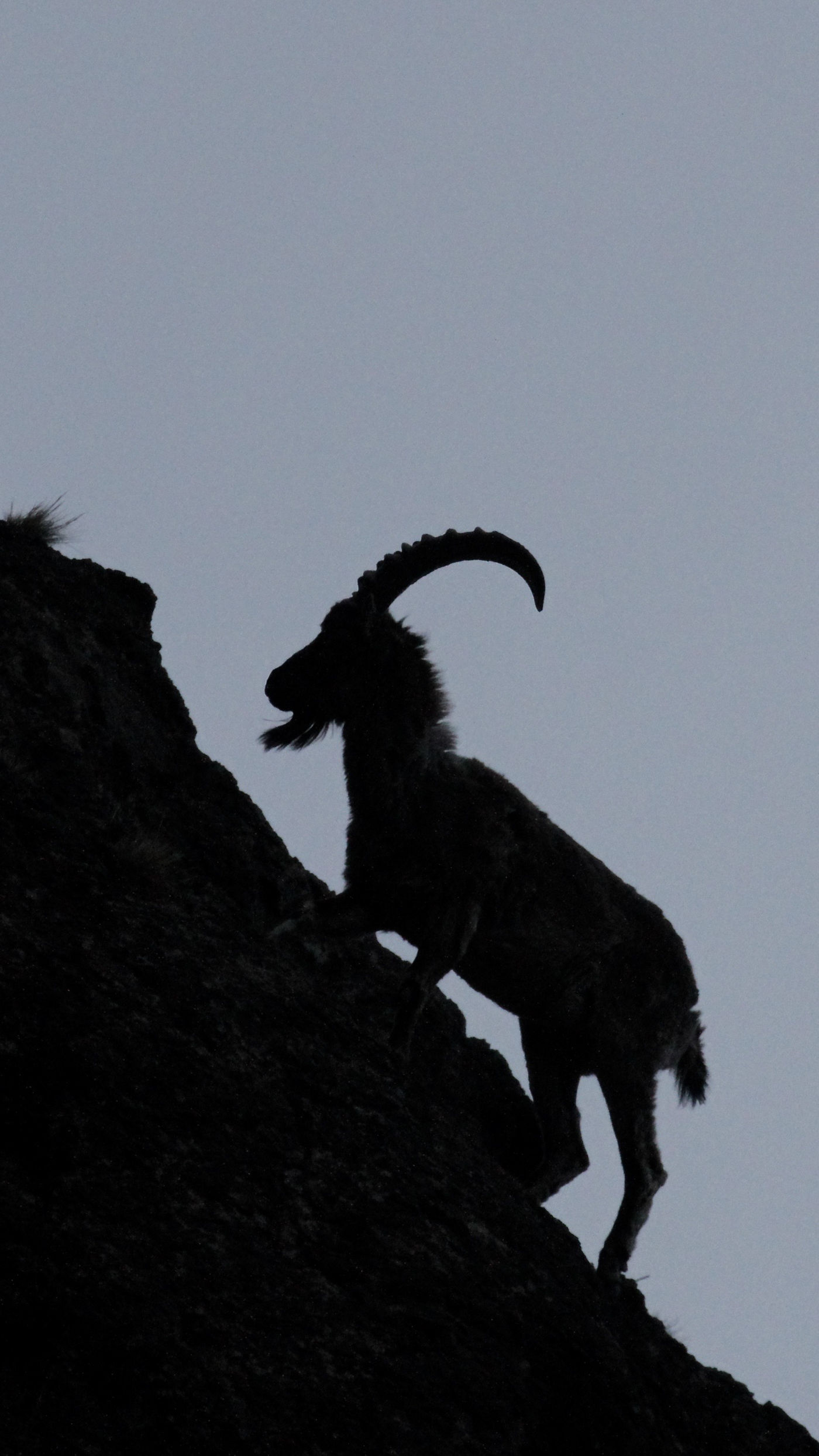







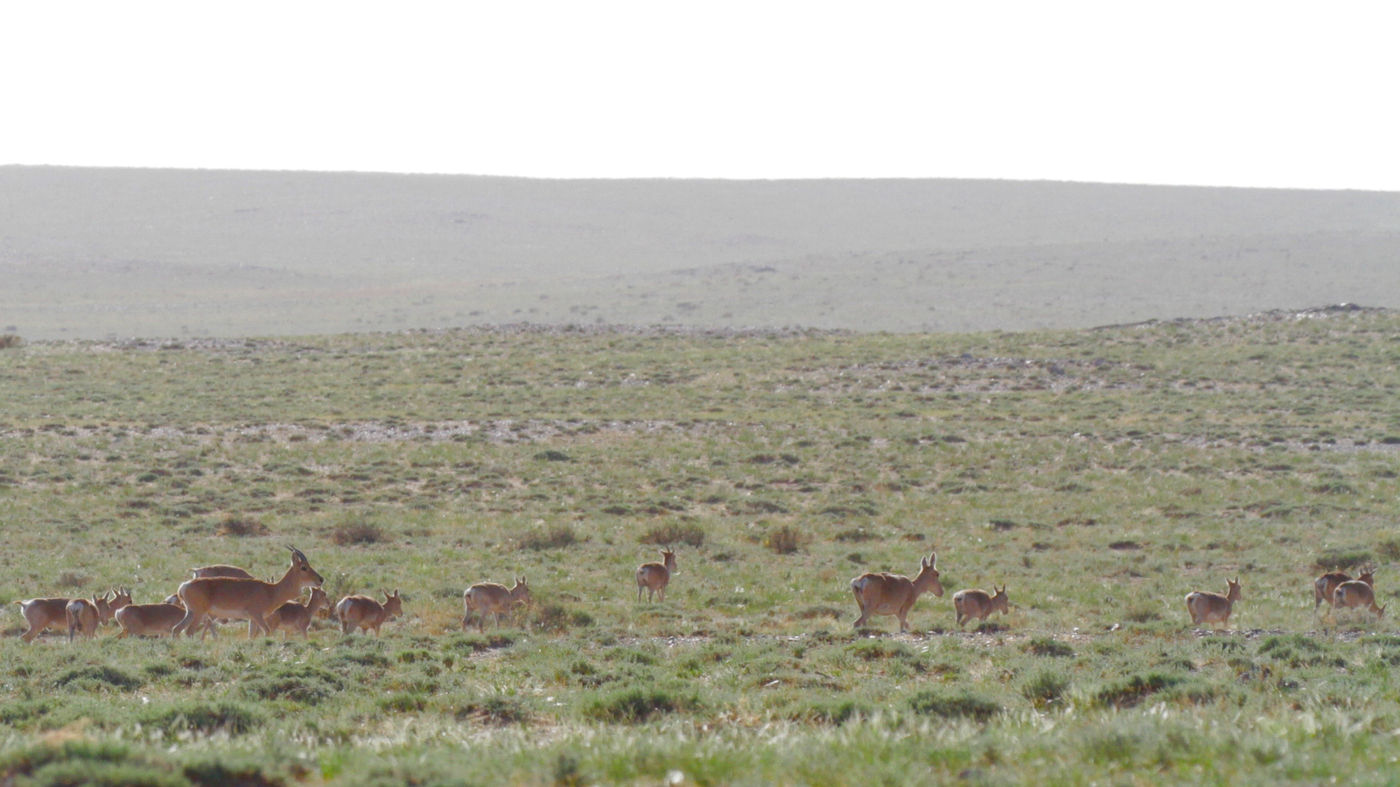


Trip report: birding tour to Mongolia, the land of Gengis Khan
Spring 2017 was STARLINGS baptism in terms of Mongolia. It was the first time we organized a nature tour to this outstanding place. And what an unforgettable adventure it turned out to be. The participants were downright lyrical! It was an epic 30-day journey for Lien, Kevin, Alex, Kobe, Roy, Luc and Geert, behaving as nomads, just like the locals. They made a double loop. First through southwest Mongolia, over the Altai mountains and straight through the Gobi desert. There Johannes joined the group and the journey went northward, ultimately to the vast eastern plains. Geert Beckers wrote us down a juicy report of this first loop . Enjoy the read!
Mongolia is the least populated country in the world: only 3 million inhabitants on 1.5 million square kilometers. The majority of the population has left traditional nomadic life behind for the past 10 years and has moved to the capital Ulaanbaatar. The contrast with us, Belgians, who live in one of the most densely populated country in the world, cannot be greater. We are therefore ready to fully enjoy the wide openness for a month!
Our journey starts in Ulaanbaatar, the capital of Mongolia, where we make a short stop in the area of the Tuul river. Some typical species of riverine forests such as azure tit, long-tailed rosefinch and white-crowned penduline tit are easily found. However, the highlight for everyone is a singing yellow-breasted bunting!
The next day the adventure can really start and we drive south. We see our first steppe eagles, Pallas’s sandgrouse and the ponds along the route are full of migrants that we dream of in Western Europe, such as red-necked sint in summer plumage, long-toed stint, greater and lesser sand-plovers. We also see a large group of Mongolian gazelles!


The first location is Yolyn am, the valley of the bearded vultures, in the Zuun-Saikhin Mountains. It is a fantastic place where, walking over thick packages of glacial ice, we marvel at a breathtaking landscape full of natural beauty. In addition to the ubiquitous saker falcons, bearded and Himalayan vultures and wallcreepers in abundance, this is also the only place where we can see the endemic Kozlov’s accentor , oriental honey buzzards and Godlewski’s buntings.
Morning luck
The next morning we are awake before sunlight to keep our chances for the Altai snowcock high on the ridges of the mountains, where we arrive at dawn. Braving the bleak wind, we are flawlessly led to a wind-drenched mountain slope which is being drenched in sunlight. It’s not long before Luc has found the Altai snowcock: a displaying pair is disturbed by a third bird! During the descent we surprise a marbled polecat. Satisfied we return to our Ger camp for a rich breakfast before continuing to the famous Flaming Cliffs in Bayzang, known for its fossil finds.
We drive further in the direction of the Gobi desert and on the way we see various oriental plovers, including several spectacular displaying males. Particularly bizarre to see a plover banking above the desert like a petrel above the sea!

Tasting the masses of birds
Water and shrubs are a true magnet for birds and a guarantee for finding spectacular species: hundreds of Pallas’s sandgrouses that come in for a drink, thick-billed warblers and almost any Siberian vagrant that’s mentioned in the Collins’ bird guide. Besides the hundreds of arctic, Pallas’s, Swinhoe’s and dusky warblers, little buntings, taiga flycatchers, olive-backed pipits, brown and isabelline shrikes, we also find good numbers of Pallas’s grasshopper warbler, Siberian rubythroats, eyebrowed thrushes, oriental cuckoos and Siberian blue robins. Highlights are a female yellow-breasted bunting, a rustic bunting, a Daurian starling and a lanceolated warbler that allows for a decent study of its feather parties!

We dive deeper and deeper into the Gobi desert, and drive towards the sand dunes of Khongoryn Els. The landscapes here are simply magnificent, with a variation of vast desolate dry plains and the Altai mountains in the background. Close to the sand dunes we find some of the Gobi’s most appealing species: the Henderson’s ground jay and the saxaul sparrow. But also a couple of desert warblers, a tame oriental turtle dove and the many steppe grey shrikes can be there! For the last time we sleep in a luxurious Ger camp.
Spending the night with the shepherd
Next we drive into a more desolate area, and head towards the ‘valley of the lakes‘. The ride is long and very bumpy but towards the evening we reach Orog Lake, one of the various salt lakes at the foot of the Gobi-Altai. These lakes are very important for migratory water birds and are protected as a RAMSAR wetland.
Birdingis nothing short of magnificence here: Pallas’s fish-eagle, many swan geese, thousands of white-winged terns with in between gull-billed terns, Caspian terns and whiskered terns. We see our first white-naped cranes foraging together with demoiselle and common cranes and this among many hundreds of spoonbills. The lake is full of red-crested pochards, whooper swans, garganeys and pintails, and we regularly see Pallas’s gulls in summer plumage, while paddyfield warblers and Eurasian bitterns are singing.
We sleep at herders’ homes and we get the opportunity to taste typical dried cheeses and camel milk!
We are on our way to the Boon Tsagaan lake in the most western part of our route. Along the way we stop at Lake Khol Boolg. We soon find one of our target species: various Asian dowitchers can be studied well and compared with marsh sandpipers, black-tailed godwits and common snipes.

An unexpected turn
After a fantastic lunch, Luc gives an unexpected twist to the journey. He finds an adult relict gull, the main reason to make this long journey to the west! After a discussion with our group and the crew, we decide to head north and explore a new place in the Khangai Mountains. The drive there is nothing short of bliss with literally thousands of Brandt’s voles and other rodents jumping off the track in front of our vans as we drive into the mountains. Everywhere, steppe eagles, golden eagles and upland buzzards fly around and we set up our tent camp under a rock with a nest of saker falcons.
The next day we make an attempt to find Hodgson’s bushchat in a new area. Our guide has spent several years researching the breeding grounds of the species and is convinced that the species must also be present in these parts of the Khangai Mountains.

Carpet of flowers
The day starts well with a hunting Corsac fox that can be viewed for a long time. The surroundings are fantastic again and we walk on a carpet of wild anemones and other beautiful plants. Everywhere Blyth’s pipits are singing, on every rock there is a red rock thrush to be found and the bushes are full of Hume’s leaf warblers. However, it takes until late afternoon for our detective work to be rewarded. In about half an hour we have beautiful sightings of Daurian partridge, willow ptarmigan, and finally Luc finds a singing male Hodgson’s bushchat! Until recently, the localized breeding grounds of this beautiful robin were not known …
Our local crew knows the region like the back of their hand and we cross the Khangai mountains via the Tsagaaachuluut pass. The southern flank houses the first larch forests of the journey, enormously rich in structure, dead wood and undergrowth. We see our first booted eagles, a late hoary redpoll, numerous red-throated thrushes and the beautiful Evermann’s redstart!
Wrestling with our cook
The fantastic grasslands are full of flowers and swamped with butterflies. The short stops to interrupt driving give us the opportunity to practice the national sport of Mongolia: wrestling! Our cook turns out to be the strongest and throws everyone on their back without much of an effort.
In the higher regions we see various Altai accentors together with Alpine accentors and a couple of Güldenstädt’s redstarts. On the northern flanks, the first pine- and ortolan buntings as well as bluestails are singing, all of which can be viewed beautifully. We descend to the valley of the Tsenhen river which, according to our guide, has never been visited by tourists, which we think is very plausible.


Before we drive further into no man’s land, we wait for Johannes, who after a 12-hour drive from Ulaan Batar will be dropped at this place by our guide’s brother-in-law. It seems impossible to find, but long after sunset we see headlights appear from afar and we have a cordial meeting with Johannes and the family of our guide …
What a travelogue! Makes your mouth water, doesn’t it? For us it already tastes like more, so Mongolia remains a STARLING destination.
In 2019 we will go again! Unfortunately this trip is already full, but leave us a notification of your interest, and we will look into the possibilities, together with you.
